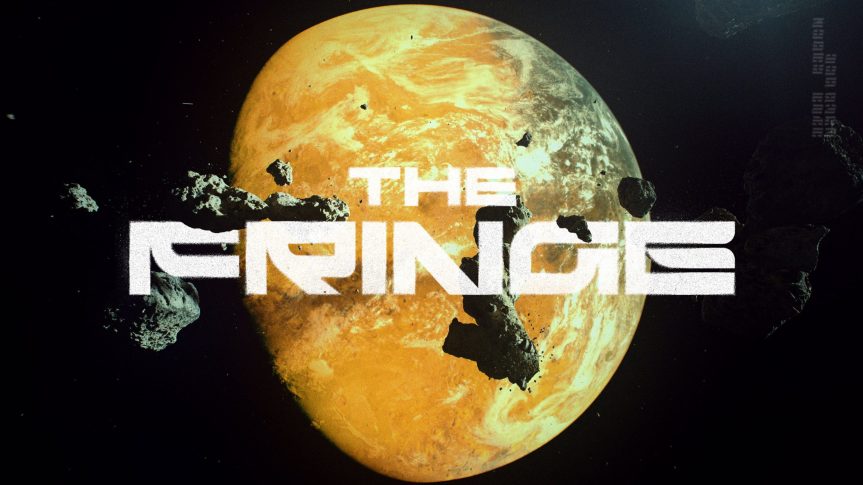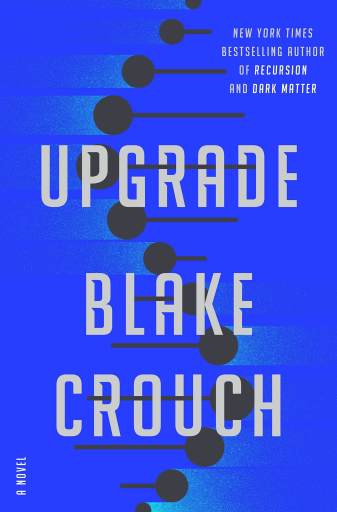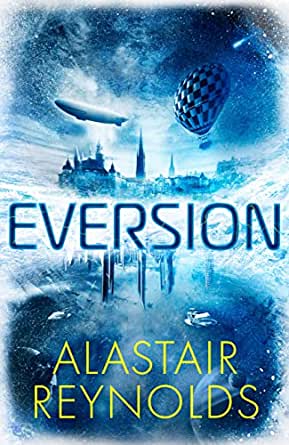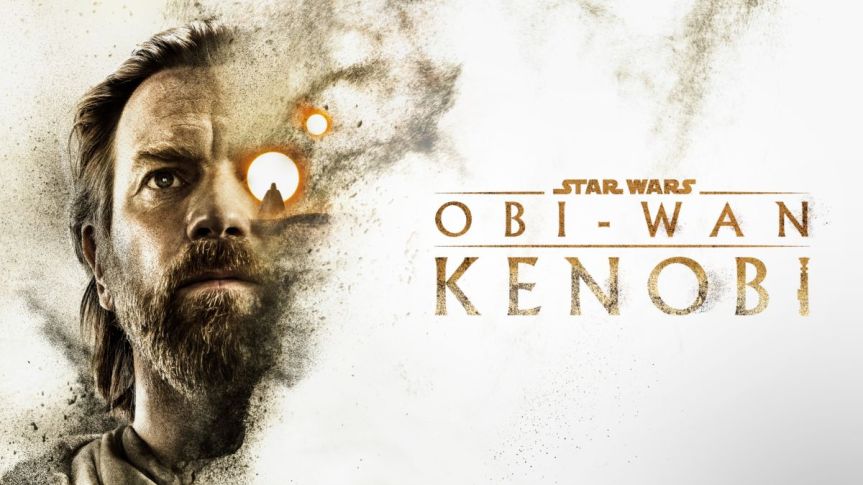As the Earth changes due to shifting climates, pollution, and a whole slew of other factors, we always have to be on the watch for weird weather phenomena. Tornados, volcanic eruptions, hurricanes–you name it.
Natural disasters happen all the time, and while there’s little we can do to control them, our best hope is to be as prepared as possible for their inevitable strike.
But recently, we’ve had a new threat to worry about, one that can impact more than just our houses or neighborhoods. These new threats are from outer space, and they can impact our whole human livelihood.
The past few days you’ve probably been hearing about solar flares, a geomagnetic storm watch, and, if you did your research, co-rotating interaction regions of solar wind.
It got me thinking about what we can even do to protect ourselves from these solar happenings, and wondering whether or not the end of times will be brought on by some kind of “space weather”.
Understanding Solar Flares and Geomagnetic Storms
There are a few different phenomena that occur around our Sun, and they all have different impacts on Earth.
A solar flare is a sudden brightening of the Sun’s surface that usually lasts for just a few minutes. Solar flares are caused by the release of magnetic energy stored in the Sun’s atmosphere.
Geomagnetic storms are disturbances in Earth’s magnetic field that are caused by changes in the direction and intensity of the Sun’s magnetic field. These changes are usually associated with solar flares.
Solar flares and geomagnetic storms can both cause problems for us here on Earth. Solar flares can disrupt communications and power grids, while geomagnetic storms can cause auroras (northern and southern lights) and interfere with navigation systems.
You might have also heard about a coronal mass ejection (CME), which is a large release of plasma and magnetic field from the Sun’s atmosphere. CMEs are sometimes associated with solar flares, but they can also occur without any flare activity.
When a CME hits Earth, it can interact with our planet’s magnetic field. This interaction can cause a geomagnetic storm.
What is a Co-Rotating Interaction Region?
A co-rotating interaction region (CIR) is a region where the solar wind slows down and becomes denser. CIRs are usually associated with an increase in geomagnetic activity.
Solar flares, geomagnetic storms, and CIRs are all caused by changes in the Sun’s magnetic field.
Last week, scientists at NASA detected a large sunspot that was rapidly growing on the surface of the sun, and they anticipated a solar flare at some point in the near future. Sunspots are the precursors to–and warnings of–a change to the Sun’s magnetic field, and potential threats to the Earth.
Thankfully, the sunspot rotated away from Earth, which decreased the risk of solar flare. However, scientists later found out that the geomagnetic storm watch–and the subsequent magnetic shock wave, was a result of the co-rotating interaction region.
The CIR doesn’t have any warning signs–no sunspot–which is why no one was able to predict the geomagnetic storm.
What Do These Things Mean For Earth?
I, for one, was slightly concerned about the news of all the solar activities over the past week. I never really understood what kind of impact solar flares or CMEs could have on Earth, so I did some research.
The common belief is that a solar flare acts like an electromagnetic pulse, disrupting electronics in the vicinity. But, the impacts that solar flares have on the Earth actually are quite minor. The wave of electromagnetic radiation increases the ionization rate in the Earth’s upper atmosphere, which may interfere with short wave radio functionality, but doesn’t do much else.
There have been reports of large solar flares or CMEs that caused problems in the 1970s with detonating underwater mines, and SpaceX reports that many of their Starlink satellites were damaged in early 2022 by solar activity.
Of course, scientists are able to predict and monitor solar flares–evident because of the sunspots–and prepare for any kind of bump in radiation.
But, CIRs are harder to predict and not so well understood, and they can cause unexpected geomagnetic storms to hit Earth. It’s these storms, the ones that come with no precedence, that are dangerous to our livelihoods.
Powerful geomagnetic storms have been known to:
- Overload power transformers
- Damage power grids for long periods of time
- Disrupt communications systems
- Level orbiting satellites
- Increase chances of radiation poisoning for astronauts and high-flying aircraft
All of these things, when separate, are terrible, but when combined, can be catastrophic. Can you imagine if the power grid went down indefinitely? What would you do about your food storage? No computers, no Internet, presumably, and limited communications with anyone over any channel. It’d be a return to an almost prehistoric age.
For many of this, it’s the stuff of science fiction, but as more events like the geomagnetic storm watch occur, it becomes more likely that we’ll all be impacted by some kind of solar event.





















